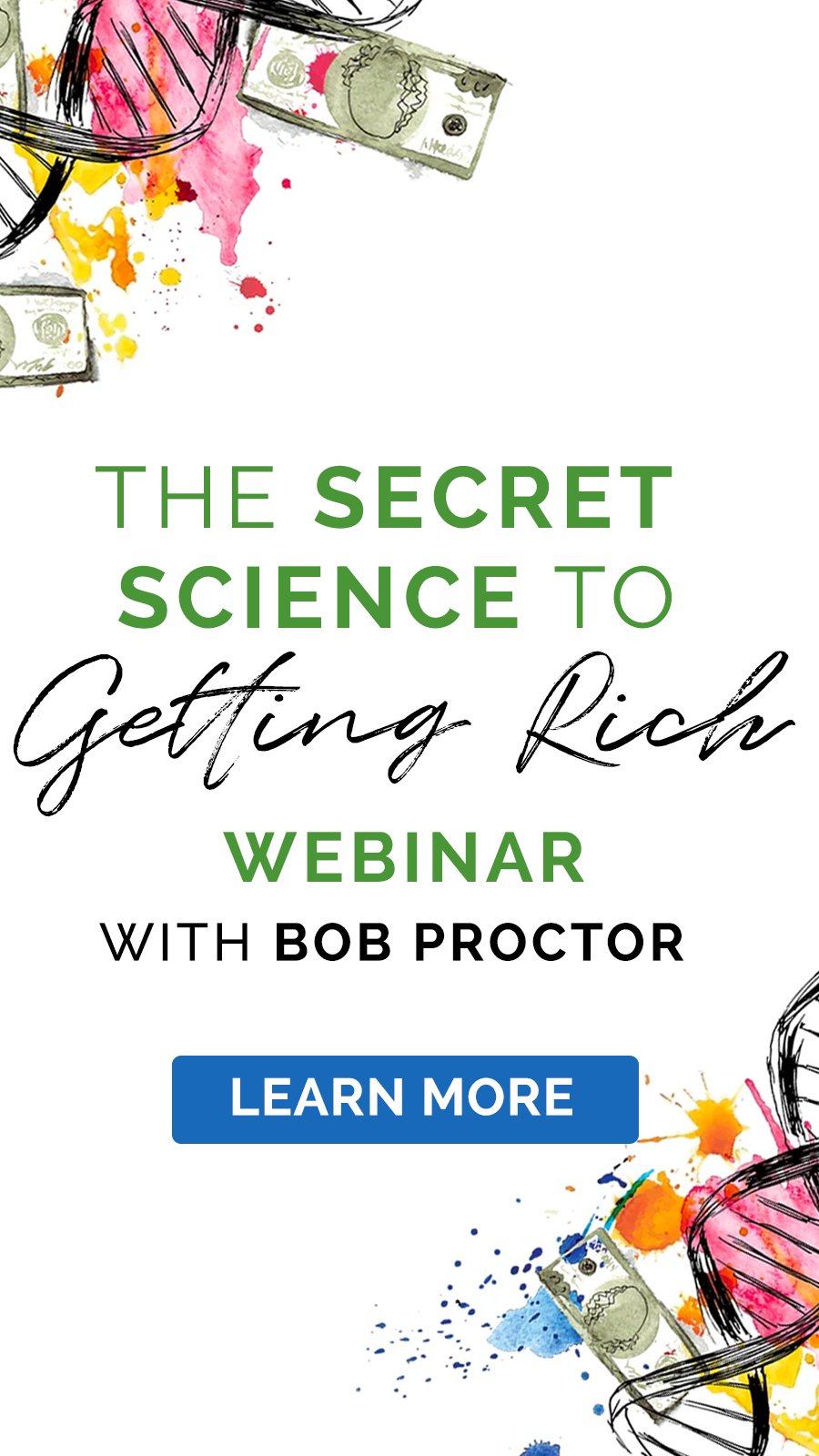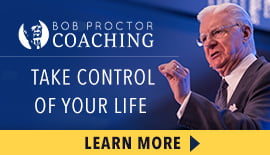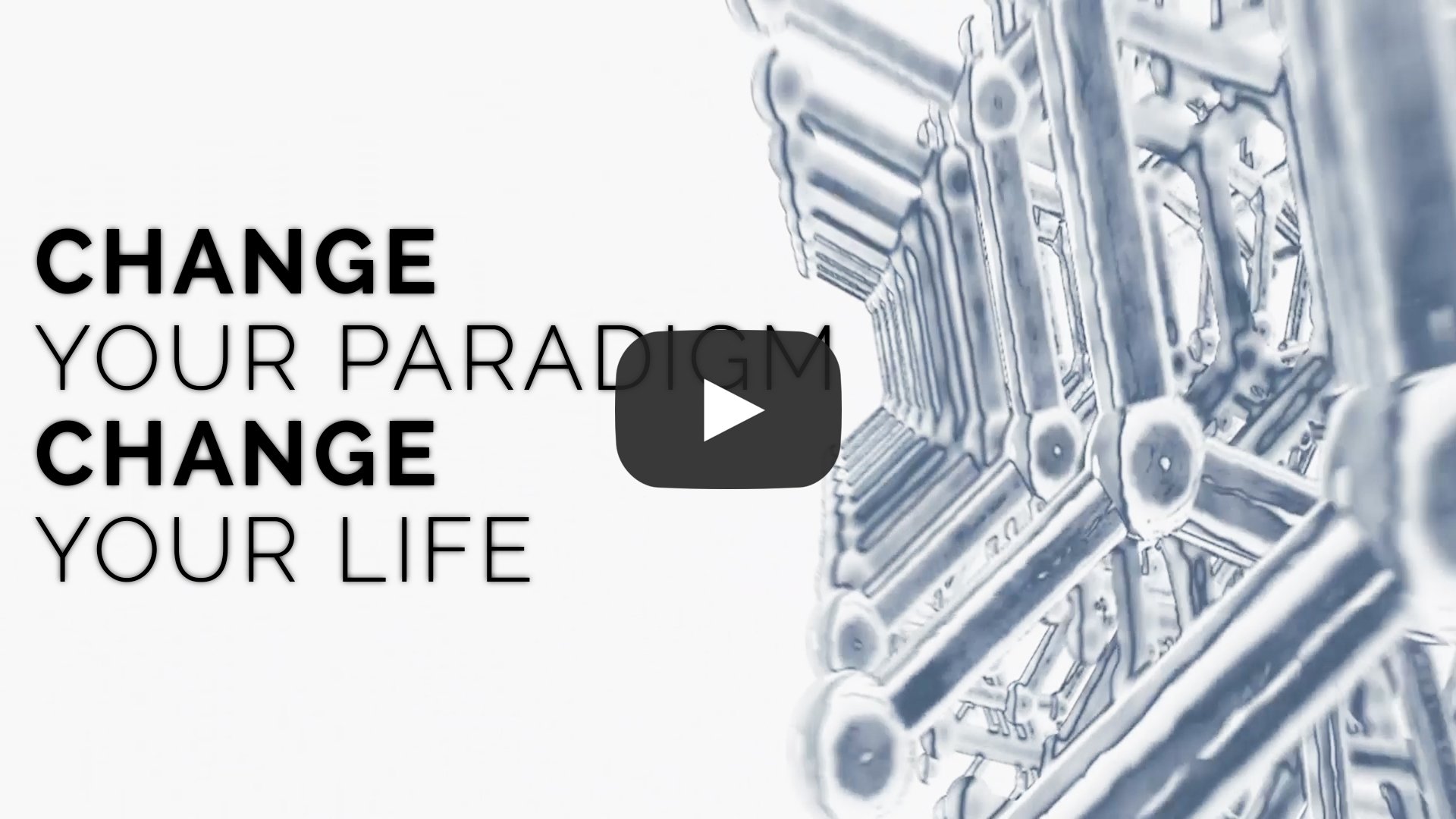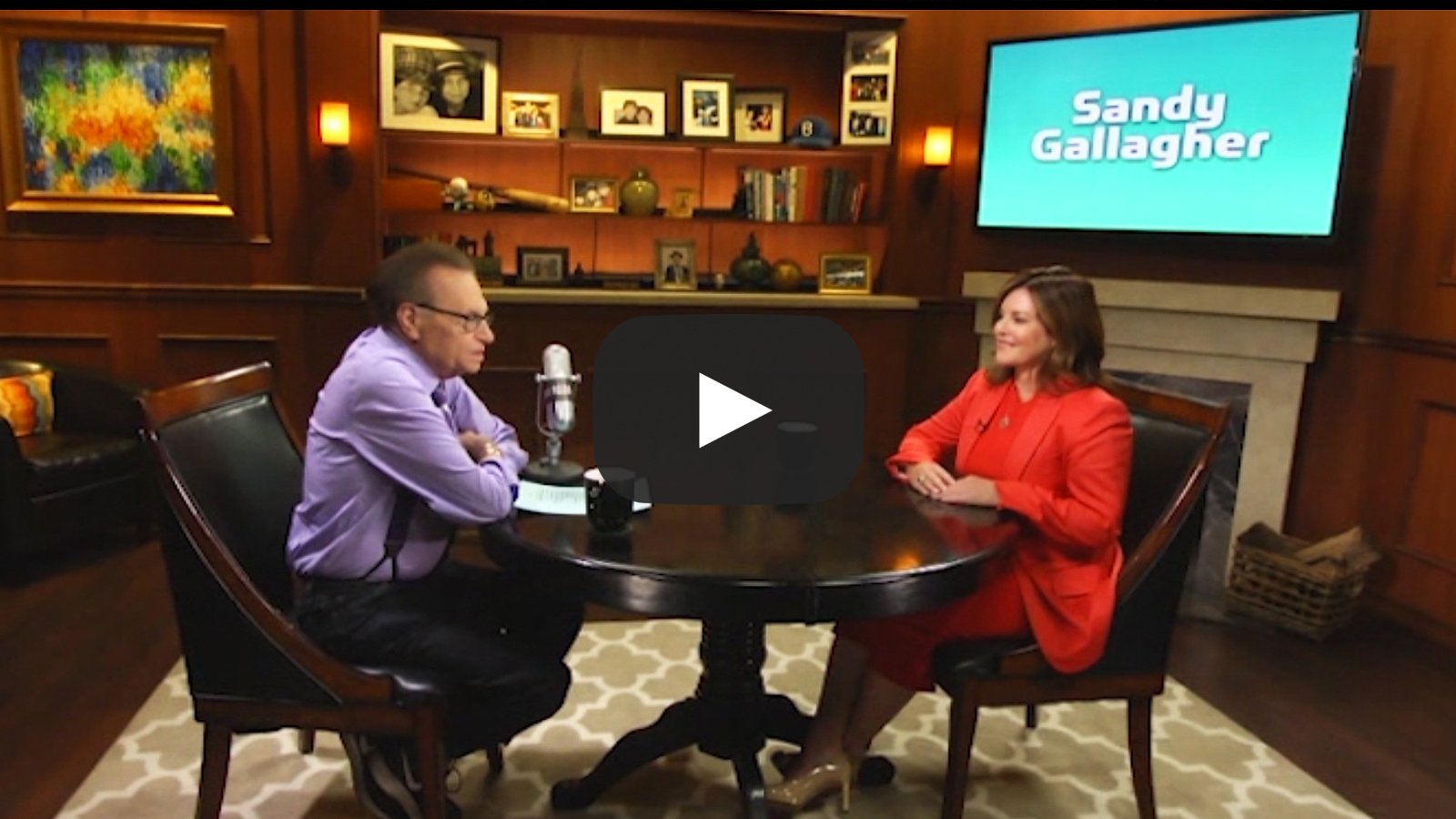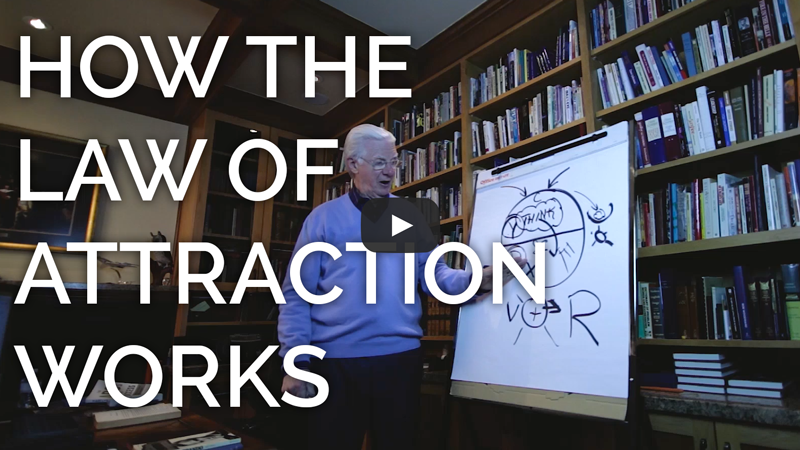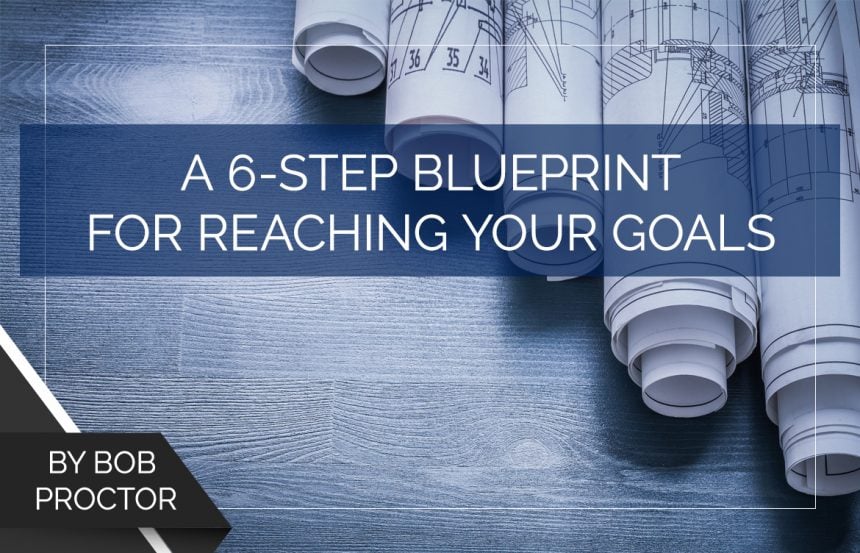
I talk about setting the right goals often.
However, it’s not for the reasons that most people think.
It’s not about money, recognition, or all the great stuff you get to do. What’s important is who you become in the process of reaching the goal.
You see, when you pursue the right goals, you become a better, wiser, happier, and more interesting person. It also puts you in a position to help more people.
So, people often ask:
How do I set the right goal?
Once I decide what I want, how do I know I can reach it?
Is there a blueprint I can follow to achieve my goals?
So, in today’s post, I walk you through the steps you must take to create and achieve goals that are worthy of you.
But First, Let’s Be Clear
Before I share the goal blueprint with you, I want you to be clear on something.
Goal creation is an art; it’s a creative process.
The definition of creation is simply the manipulation of energy. You’re causing one type of energy to move to another type of energy.
With goal creation, through certain progressive steps, we’re moving energy in a direction it may never have shifted before you came along. If you miss any of these progressive steps, nothing happens. That’s where 97% of the population lives – in that “nothing happens” space.
The Six Steps of Goal Creation
Step 1: Decide Where You Are Going
Most people spend their whole life barely achieving tiny little goals because they start with where they currently are.
Unlike what you may think or have been taught, you have to start where you’re finishing. To do that, you must think about what you really want—where you honestly want to end up.
You have to get your mind into a proper state before you can come up with a really big goal.
The first step is to believe in make-believe, which requires the use of your higher mental faculties.
The imagination is the mental faculty that permits you to take your mind to that proper state and create what you would believe is a dream or big goal. Let your imagination go and write a detailed description of everything you’d like to be, do, and have.
Step 2: Think About Who You Are
It’s a well-known fact that a high percentage of the population knows very little about themselves. And because they live in an ignorant state regarding who they are and the infinite potential they possess, they end up spending a good part of their life as an extra in somebody else’s movie.
Don’t take my word for it. Think about what you know about yourself. If someone asked you who you are, how would you answer?
Most people would give their name. But, you’re not your name, and you’re not your body. Some, when asked that question, will point to their body and say, “Well, this is me.”
You’re not your body either. You don’t say, “I am my hand” or “I am my arm.” You say my hand and my arm. You’re not a hand; you have a hand.
You’re also not the results you are getting or your past, although many people permit their current circumstances and their past to be duplicated in the future.
The truth is you are pure unadulterated spirit. You are God’s highest form of creation. You are a necessary part of all that is. There is not now, there has never been, and there never will be another expression of life exactly like you.
With you, all things are possible.
Step 3: Get Honest About Where You Are Now
If we are to be successful in setting and reaching our goals, there are two pieces of information we must have—where we want to go (Step 1) and knowing where we are.
Along with these pieces of information, there are certain principles that we must weld into our personality. Integrity is one of these principles. Integrity means honesty and truth.
Perhaps it was put best by Shakespeare in a famous line in Hamlet where Polonius says, “And this above all, to thine own self be true. And it must follow as the night the day – thou canst not then be false to any man.”
If we are true to ourselves, we cannot be false to anyone else. If our word to live by is integrity, we have what we need in a pinch, our sleep is untroubled, and we’re respected wherever we go.
This kind of truth is essential if you are to establish where you are now, honestly. Because if you’re not completely honest with where you are, it won’t matter where you’re going because you won’t know in which direction to start moving or what changes you have to make.
Step 4: Make Your Critical Choice
Remember, you are God’s highest form of creation. You can achieve any goal you choose.
However, as Zig Ziglar said, “A goal that is casually set and lightly taken is freely abandoned at the first obstacle.”
So it’s critical that you pick a goal that you seriously want. Before you make your choice, look over the description of the images your imagination presented to your consciousness in Step 1.
Then, pick the one image you want more than any of the others.
One of the greatest things that have happened in my life is that I have become aware that, when I choose something I seriously want and make an irrevocable decision coupled with a firm commitment to follow the directions outlined in Step 5, something beautiful happens:
In a given time that will be determined by absolute law, I will enjoy in my material world the physical replica of what my imagination first presented to my consciousness.
Step 5: Pay the Price
Albert Einstein said, “When I examined myself and my methods of thought, I came to the conclusion that the gift of fantasy has meant more to me than my talent for absorbing positive knowledge.”
Everything that was ever created by humans began in the form of a fantasy. It is essential that you take the time to crystallize the image of whatever it is that you selected for a goal and then paint that image in words so crystal clear that a child would understand it.
Once you complete that picture—down to the last detail, you must answer, in the affirmative, the following two questions before your fantasy truly qualifies as a goal:
Am I able to cause this image to move into form?
Am I willing to pay the price that must be paid to turn this image into physical form?
Step 6: Commit
Although you may take the time right now to go through Steps 1 through 5, if there is not a firm and irrevocable commitment to carry through with all of your plans, a year from now, everything will be much the same as it is right now.
There have been all kinds of wonderful things written about the necessity and the power of commitment, but I don’t think anyone has said it better than W. H. Murray.
The following is from the Scottish Himalayan Expedition:
“Until one is committed, there is hesitancy, the chance to draw back, always ineffectiveness. Concerning all acts of initiative (and creation), there is one elementary truth, the ignorance of which kills countless ideas and splendid plans: that the moment one definitely commits oneself, then Providence moves too. All sorts of things occur to help one that would never otherwise have occurred. A whole stream of events issues from the decision, raising in one’s favor all manner of unforeseen incidents and meetings and material assistance, which no man could have dreamt would have come his way.”
Go Where You’ve Never Gone Before
That’s it.
Those are the six steps—the blueprint—for turning your goals into reality.
Now that you know, what do you plan to do? What changes will you make as a result of what you’ve learned?
One of the most basic and yet dynamic laws of life is “Create or Disintegrate.” Every expression of life is constantly moving in one direction or another. Either you are improving the quality of your life, or you are reducing it.
The choice is yours. It is a decision only you can make.
The sad truth is that these decisions are generally unconsciously made, and when that happens, the person is generally going in the wrong direction.
Goals are essential to living a creative life. So, I hope you’ll use this six-step process to exercise your imagination and will as conscious, deliberate tools to take you out of the ordinary and propel you into the extraordinary. This is part of the divine plan for you as a spiritual being.
To Your Success,
Bob Proctor
P.S. Now that you’ve had a chance to review the goals blueprint, what’s the greatest insight you gained from this post? Let me know below.


